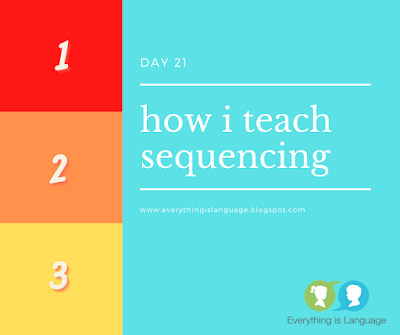3rd Grade Level Fiction- Bing AI Mario and Luigi were taking a walk in the Mushroom Kingdom when they saw a strange portal. They had never seen anything like it before. "What do you think it is?" asked Luigi. "I don't know," said Mario. "But let's go find out!" Mario and Luigi jumped into the portal and disappeared. When they opened their eyes, they were in a strange new world. The sky was purple and the trees were blue. Mario and Luigi had never seen anything like it before. "Where are we?" asked Luigi. "I don't know," said Mario. "But it looks like we're going to have an adventure!" Mario and Luigi started walking through the strange new world. They soon came across a group of friendly creatures called Yoshis. The Yoshis told Mario and Luigi that they were in the Land of Yoshi. "Welcome to the Land of Yoshi!" said one of the Yoshis. "We're so glad you're here." T...
Every Fall, my school gets some incoming students. One of the tried and true goals goes something like this: "The student will sequence 3 pictures into a cohesive narrative" or "The student will organize 3 pictures and sequence using words like first, next, last."
All seriousness aside, I see the value in sequencing goals. After all, a Kindergartner needs to be able to string together a halfway decent story. Granted, not everyone can sequence with all of the transition words and make it work, but it's still important.
Here's what I need my students who are sequencing to do:
- get the student to understand the sequential order (to me, pictures are the only way to do this. Maybe text for an older student, but they would have needed the pictures as a foundation when they were younger)
- Be able to describe the pictures (without the "meat" of the action in each picture, what's the point?)
- Use transition words (first, next, last, then, after, before, after that, etc...)
- Be able to put the whole thing together- describe the pictures, organize the pictures, use transition words, and tell the story.
I created these speech bubbles with transition words (hopefully being translated into a TPT freebie). There are tons of "old" materials in my room, but I particularly like these pictures. First, they are 4 picture sequencing scenes, so I can start off with 3 with my students and expand to 4 as needed.
I start off like you see in the picture above- the student describes what they see and we move on to the next step.
The student organizes the pictures and then we lay the speech bubbles on top. Depending on the cues that the student needs, I'll let them pick from a field of 2 (i.e.; start the story with "first" or "in the beginning")
We started off with the basics today and used "first, next, last." Later on, and with the choices available, my student decided to change it up a little.
With the visuals to lay the foundation and then the speech bubbles to refine it, sequencing becomes a goal that is both easy to target and likely to be achieved by the end of the year.
An extension to this activity is seen later in the year.
- use the speech bubbles to give organization to your student's retelling of a holiday break
- use the speech bubbles to give organization when your student is talking about how their weekend will go (nice little predictions hopefully...)
- use the speech bubbles to have a student retell a verbally presented story- it helps to keep them focused!
- take away the speech bubbles and encourage the student to verbally retell a story with visuals (rely on their memory for what transition works best in what spot)
Of course, there are other ways to target sequencing- there are some apps that do a nice job but I have been finding that the tech adds more frustration for students lately.
Feel free to share any ideas or thoughts in the comments!






Comments
Post a Comment